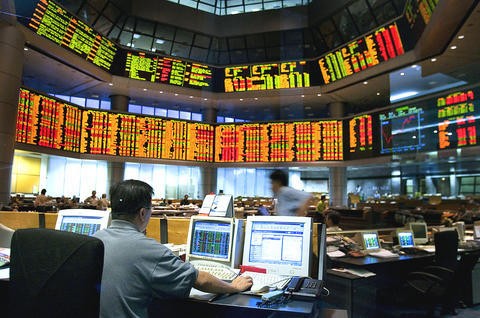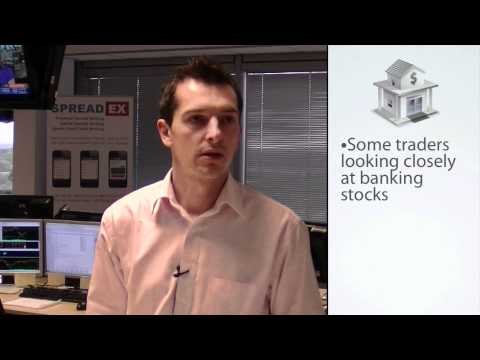An introduction to CFDs and spread betting_1
Post on: 16 Март, 2015 No Comment

Related video
Currently we are witnessing an unprecedented level of volatility in the markets as the global economy appears to be falling apart. That’s where financial spread betting and contracts for difference (CFDs) can be very useful.
I can react to market movements quickly and trade using my mobile if need be. I can also use these products as a hedge against falls in my underlying portfolio. So if I hold physical stock, I can protect myself against a sharp downturn in the market by trading short, either against the same share, or shorting the index if I have a basket of shares.
Financial spread betting and CFDs are very similar. They both allow the user to speculate on the price movement of the underlying instrument without having to physically own the product.
Let’s take a trade from the start.
Every product in these markets trade on a bid/offer basis — the offer is the price you can buy at and the bid is the price at which you sell. On Vodafone, for example, the quote is £1.59/£1.60. The penny difference between the two prices, you’ve guessed it, is called the spread. And no, you can’t buy at the bid and sell at the offer.
I think Vodafone’s price will go up and I decide to buy 10,000 CFDs at £1.60. Note that if I went to my stockbroker to buy 10,000 shares of the physical stock I would be offered the same price of £1.60. I would write out a cheque for £16,000 (10,000 x £1.60) and pay a dealing commission of, say, £12 and £80 stamp duty at 0.5%. So I am £16,000 out of pocket plus commission and taxes of £92, although I might get a nice share certificate and an invite to the AGM .
Going down the CFD route I do the same thing, but with a slight difference.
As it is a leveraged product I only pay a deposit to open the same position and in this case it’s, for example, 5%. So I deposit 5% of £16,000 (which is £800 if you don’t have a calculator handy) and pay a commission of £16 at 0.1%. So my total outlay for the deal giving me access to £16,000 worth of Vodafone is £816, freeing up my capital to trade elsewhere.
Now, this is where the big risk warnings come in whenever you see an advert offering CFDs; or indeed spread bets, which work on the same principle. You may have deposited £800 plus paid a commission, but you are exposed to a potential £16,000 loss if the Vodafone share price falls to £0. Unlikely, but anything is possible and you have been warned.
That’s where ‘stop losses’ can be very handy.
At no extra charge, I can inform my provider that if indeed the price falls to, say £1.55, I leave an order with them to close my position and cut a loss of £500 as for every penny the share moves up or down I gain or lose £100. Which leads neatly into spread betting.
With spread betting I am doing exactly the same as the trade above, but I am betting in pounds per point movement.
So if I bet £100 per point on Vodafone at £1.60, I am doing exactly the same as the trade above whether it be buying 10,000 shares or CFDs. There is, though, one subtle difference. The spread bet provider will charge an extra spread, typically 0.1% on the price, so the buying price in this example will be £1.616. Bets are typically as low as £1-per-point minimum.

On the taxation side, I pay no tax on spread betting and will not be liable to capital gains tax ( CGT ) on profits.
CFDs are different in that I may be liable to CGT on profits if they exceed the annual threshold of £10,600. Spread betting is by far the most popular product in the UK market due to the tax status, but do remember if you make a loss this cannot be written off against future tax liabilities whereas it can with CFDs. Seek professional advice if unsure.
** Use a CFD to sell the Footsie **
Let’s hedge my share exposure by shorting the FTSE 100 (UKX) with a CFD.
The FTSE 100 live price is sitting around the 5400 mark. With a one-point spread, I see a quote of 5400/5401. I want to sell as I think it will drift off towards the 5000 level.
I sell one contract at 5400 which is the equivalent of £10 profit for every point the index moves down. I place a stop loss at 5420 as I want to limit my losses in the event I am wrong, to £200. (£10 x 20pts). If this were a spread bet I would simply have gone short at £10 per point.
I am looking to secure £600 profit from the trade so I place a limit order to buy one contract at 5340 equating to a 60-point move and £600 profit.
CFDs and spread betting with Interactive Investor. Why not practise your trading by opening a free demo CFD or spread betting account with us ?














